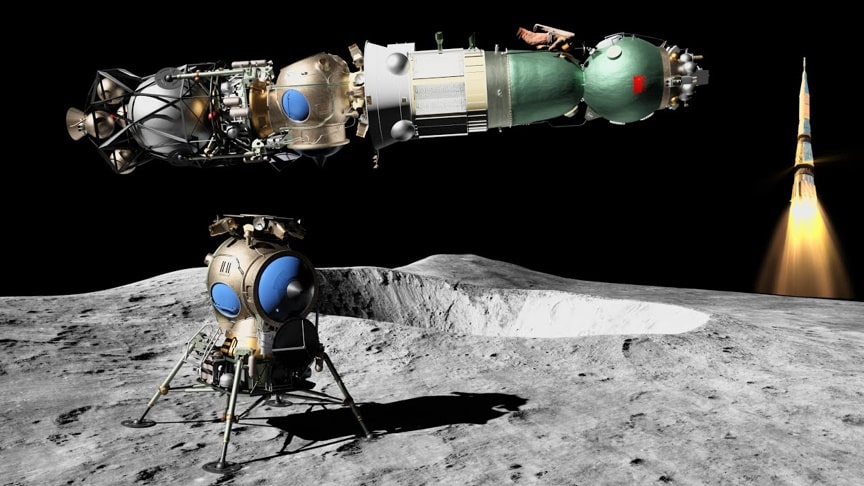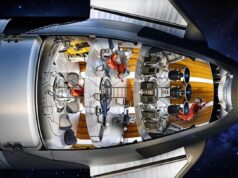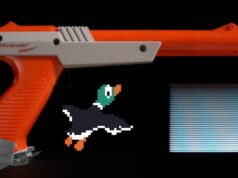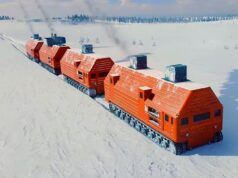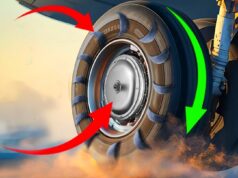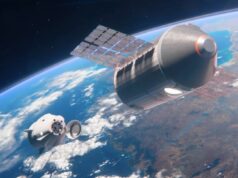The LK was a lunar module (lunar lander designed for human spaceflight) developed in the 1960s as a part of several Soviet crewed lunar programs. Its role was analogous to the American Apollo Lunar Module (LM). Three LK modules, of the T2K variant, were flown without crew in Earth orbit, but no LK ever reached the Moon. The development of the N1 launch vehicle required for the lunar flight suffered setbacks (including several launch failures), and the first Moon landings were achieved by US astronauts on Apollo 11.
source/image(PrtSc): Hazegrayart
As a result, having lost the Space Race, both the N1 and the LK programs were cancelled without any further development.Sergei Korolev, the lead Soviet rocket engineer and spacecraft designer during the 1950s and 1960s, planned to adopt the same lunar orbit rendezvous concept as seen in the Apollo program. The lunar expedition spacecraft L3 was to consist of a Soyuz 7K-L3 Command Ship (a variant of the Soyuz) and an LK Lander.
L3 would carry a two-man crew atop a single three-stage superheavy N-1 booster. A fourth stage, the Blok G, would push the L3 (LOK+LK) toward the Moon, with the Blok D as a fifth stage.LK compared to the Apollo Lunar Module.Because the payload capacity of the N1 rocket was only 95 tons to LEO, versus the Saturn V’s 140 tons to LEO, the LK was created to be less bulky than the Apollo Lunar Module (LM).
Advertisement
It had a different landing profile.It was lighter at only one-third the mass of the LM.Initially the LK was to have carried a single cosmonaut. A later variant would have a two-man crew; the LM carried two.It had no docking tunnel like the LM’s; the cosmonaut would space walk from the LOK (Soyuz 7K-L3) to the LK and back.LK Lunar Lander, Soyuz-Lok, N1 Rocket service tower,3rd Stage n1 Models from Sketchfab user “Soviet Model Magic”.

